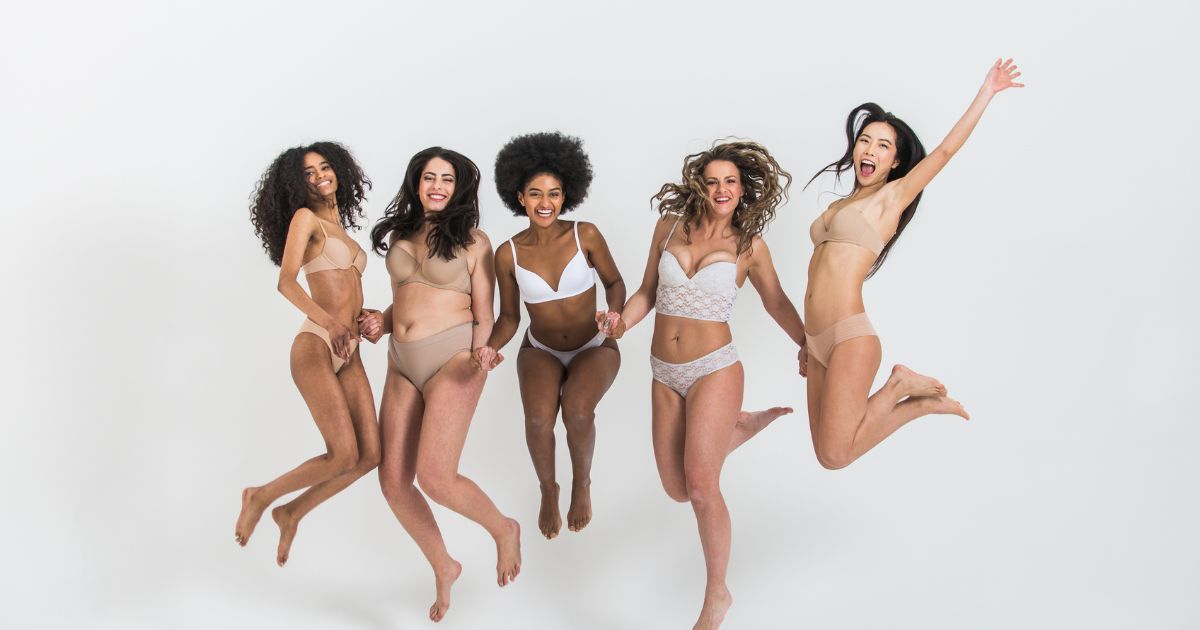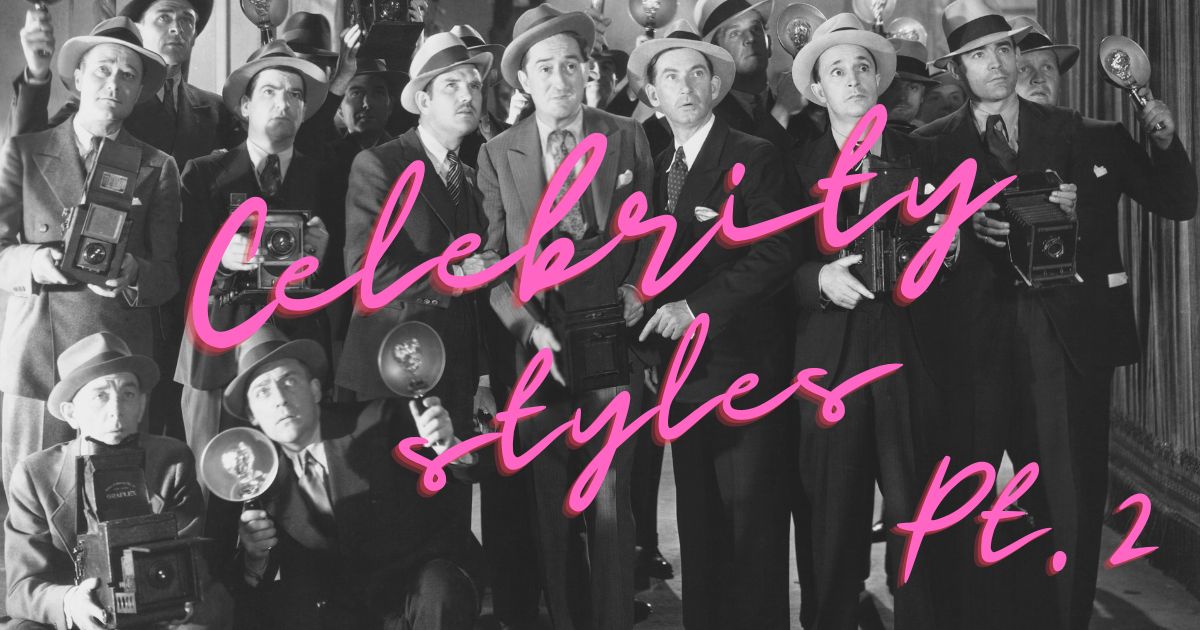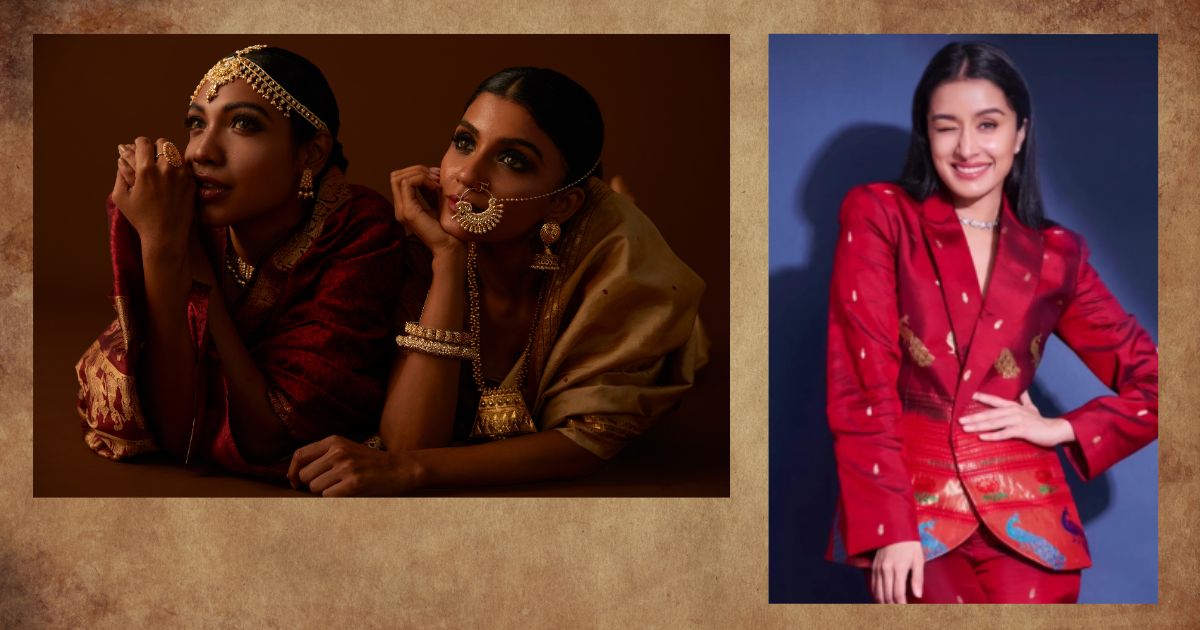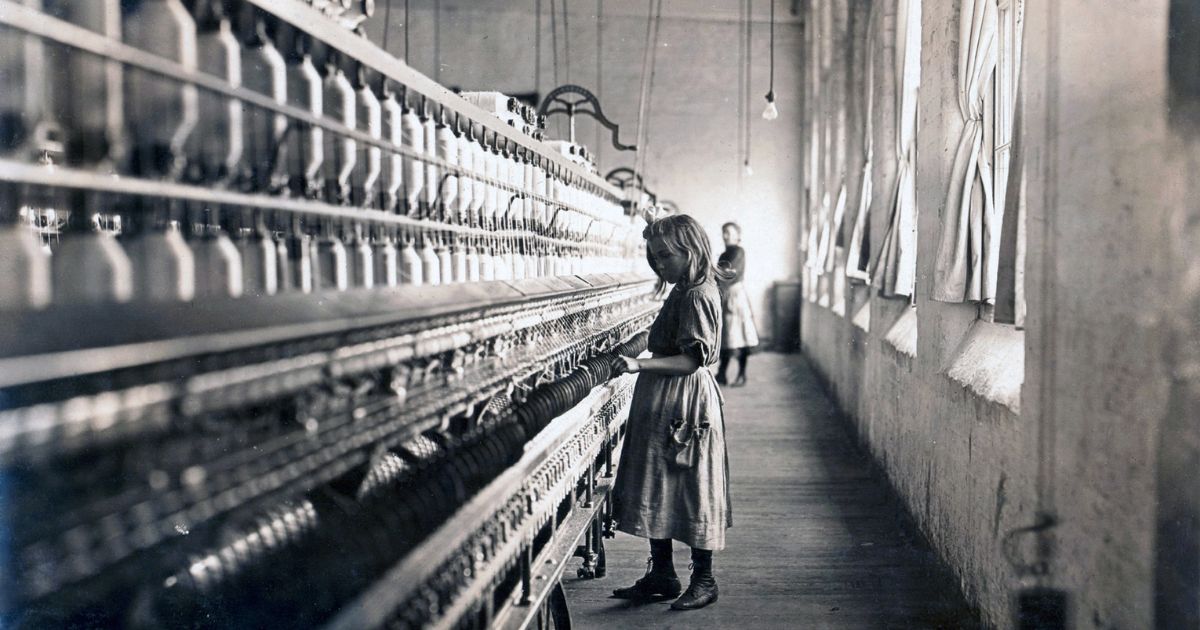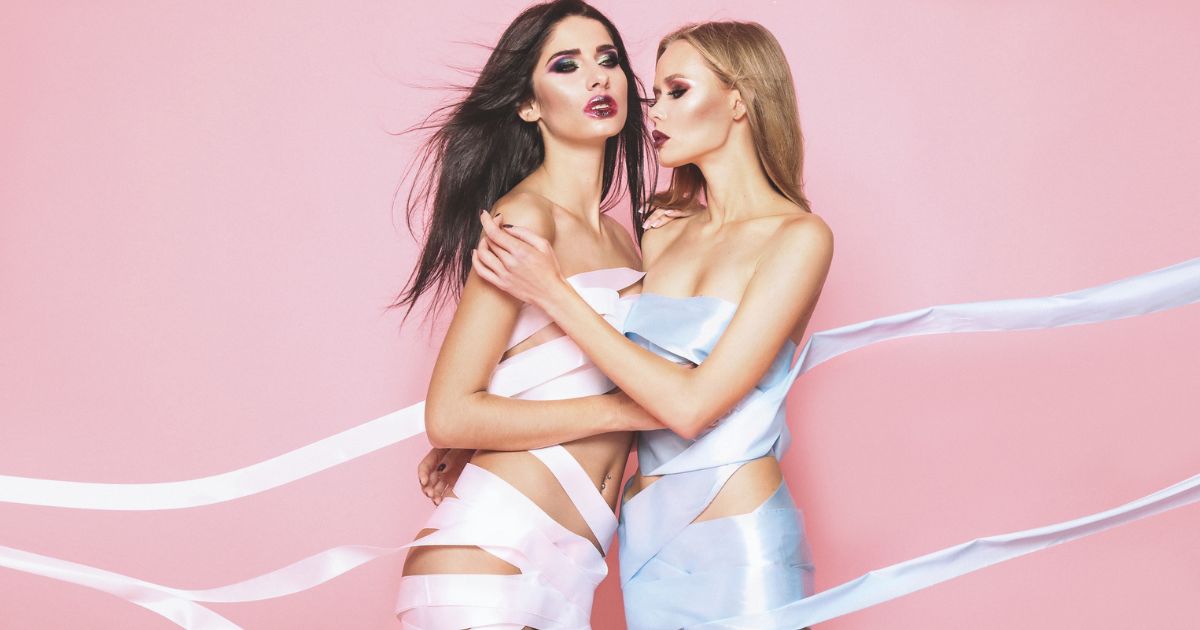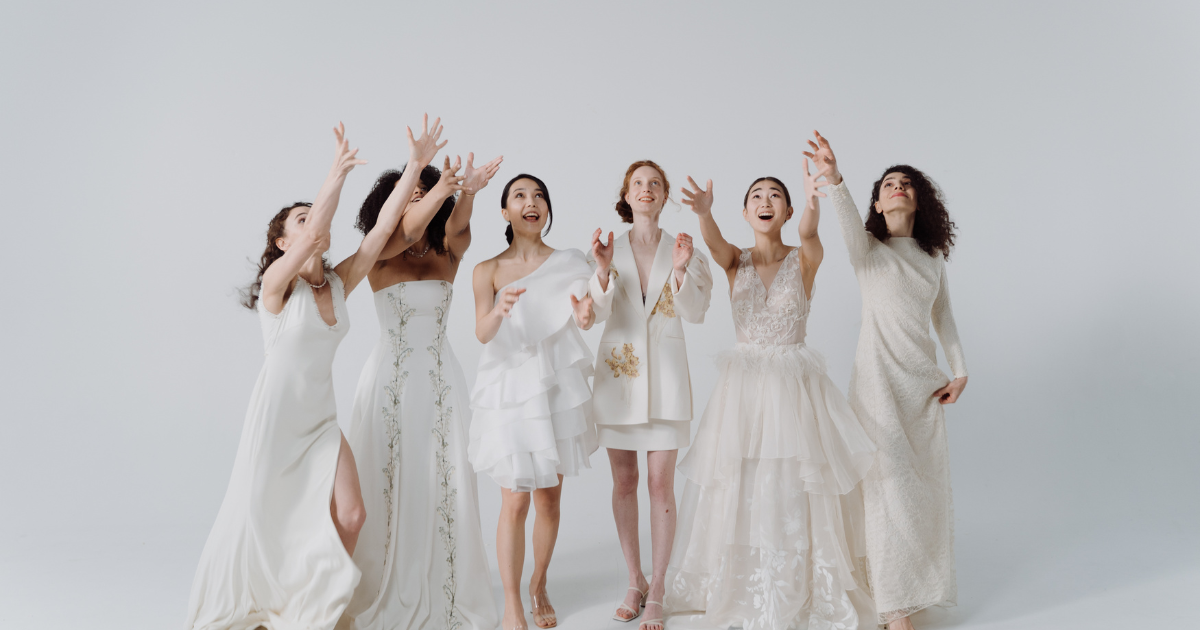Introduction
Intellectual Property (herein referred to as ‘IP’) refers to that property which is intangible and is a product of a human’s thinking and labour. Common examples of IP include software patents, artistic works, and industrial designs.
When one makes any original invention, one wants to have sole control over it. Hence, by getting exclusive ownership rights of the product invented, one can salvage economic benefits and personal gains by restricting and monetizing its usage.
Countries, too, ensure adequate IP protection is given to their citizens because being granted exclusive ownership rights acts as a driving force for making more inventions.
A nation’s economic and technological development will halt if no protection is given to intellectual property rights. The contribution of IP is the sine qua non for the industrial and economic development of a nation.
In India, the primary laws governing IPR are the Trade Marks Act, 1999, Patents Act, 1970, Copyright Act, 1957, and Designs Act, 2000.
In the fashion industry, there is a massive intervening of various types of laws. The industry encompasses almost every kind of law in some manner.
IPR laws play a significant role in the fashion industry. The importance of IP laws in fashion cannot be neglected. From clothing designs and colour-coding of fabrics to brand logos and fashionwear in the metaverse, IPR plays a significant role.
When fashion designers make a design, they put in their sweat and blood making it. They must get to retain ownership of their designs. Moreover, due to the sheer size and complexity of the textile industry, it can become challenging to determine whether and to what extent one design or pattern has been copied.
One way to overcome such issues is to have one’s products registered under the appropriate laws. Though registering one’s IP does not guarantee that third parties will not copy the designs and products, it definitely assures the one registering their IP with a proper legal recourse in case of IP theft or IP infringement.
Since the extent of IP protection guaranteed under various IPR legislations is different, it becomes necessary to know the level of protection for each kind of IP before filing for registering an IP.
Section 2(c) of the Indian Copyright Act of 1957 defines “artistic work”. Painting, sculpture, drawing (including a diagram, map, chart, or plan), engraving, picture, building, and other work of handicraft are all considered as “artistic work”.
Section 2(d) of the Designs Act of 2000 defines the term “design” as the characteristic of shape, configuration, pattern, ornament, or composition of lines or colours applied to any article, whether two-dimensional or three-dimensional or both, which is finished by industrial, mechanical, or chemical means, separate or combined, and can be seen with the naked eye or must be tangible.
Case Analysis
The following case of Ritika Pvt. Ltd. v. BIBA Apparels Pvt. Ltd at the Delhi High Court highlights the legalities of IP infringement and is a landmark case in differentiating between designs that are eligible for copyright protection under the Indian Copyright Act, 1957 and those designs suitable for copyright protection under the Designs Act, 2000.
Basic Facts of the Case
In this case of 2016, the Plaintiff, Ritika Private Limited, was claiming to be the first owner of the copyright for various sketches and drawings being printed on garments for dresses being sold under the brand name of ‘RITU KUMAR’. It pleaded that the drawings and sketches were distinctive and original. To guarantee that their product was genuine, they kept digital records of all the designs and affixed identification numbers. The Plaintiff also gave a comprehensive account of how the work was carried out using its brand.
The Plaintiff filed a suit against the Defendant, BIBA, for copyright infringement. Plaintiff sought the relief of an injunction prohibiting BIBA from reproducing, printing, publishing or selling the garments which had Plaintiff’s prints and designs on them.
The Plaintiff also pleaded violation of its trade secrets as the Defendant was employing past employees of the Plaintiff who were revealing the trade secrets to the Defendant. However, the Defendant argued that there is no proof of violation of trade secrets.
Arguments made by Defendant-
The Defendant strongly objected to the Plaintiff’s contention of being the true owner of the copyright and called for the claims to be dismissed by replying on section 15 of the Indian Copyright Act, 1957.
Section 15(2) of Indian Copyright Act, 1957- “Copyright in any design, which is capable of being of being registered under the Designs Act, 2000, but which has not been so registered shall cease as soon as any article to which the design has been applied has been reproduced more than fifty times by an industrial process by the owner of copyright or, with his license, by any other person.”
If any material is considered an artistic work under the copyright law, then it does not have automatic protection under the Designs Act, 2000.
The Defendant argued that since the copyright in the design has been applied to an article by an industrial process more than 50 times by the Plaintiff, the ownership of the copyright has ceased to exist.
Moreover, since the none of the designs were registered under the Designs Act, 2000, they are not protected.
Arguments made by Plaintiff-
The Plaintiff contended that the subject matter of copyright continues to be a subject matter of copyright in the exclusive ownership of the owner of the copyright despite the copyright being used for manufacturing of an article for more than 50 times. The contention was based on the fact that the definition of “artistic work” is a subject matter of a copyright under section 2(c) of the Indian Copyright Act and excluded from definition of “design”, as a result of which Section 15(2) of the Designs Act, 2000 would not be applicable.
The Plaintiff further argued that non-registration under the Designs Act, 2000 of the drawings and sketches will not extinguish the rights of the Plaintiff to copyrights existing in such works; hence, the Defendant is liable to be injuncted from infringing the copyrighted works of the Plaintiff.
Decision of Court
The Delhi High Court relied on the case of Microfibres Inc. Girdhar & Co. & Anr while deciding the matter. It was held in the Microfibres case that once a sketch/design is used for creating dresses and the total number crosses 50, then the copyright ceases to exist based on the language of section15(2) of the Indian Copyright Act, 1957. The Court stated that the decision given by the Hon’ble Division Bench of the Court in Microfibres case is binding upon this Court.
The Court held that the Plaintiff’s copyright was not infringed under the Indian Copyright Act, 1957 and since the Plaintiff used the same for producing more than fifty items via an industrial process for commercial gains, the copyright protection had ceased to exist. It held that the Plaintiff was not entitled to design protection.
Conclusion
It is evident that the legislature intended to give a lesser period of protection to copyrights when a design is created from the copyright and applied for commercial usage via industrial processes.
The main argument put up by the Hon’ble Court in this instance was that, under Section 15(2) of the statute, a design loses its copyright protection once it has been copied more than 50 times. This frame of view also supports healthy competition in the fashion business, prevents market monopolies by a single producer, and meets clients’ many needs at reasonable rates.
Thus, copyright persists until put to industrial purposes, thereby limiting the rights enjoyed under Copyright protection.










